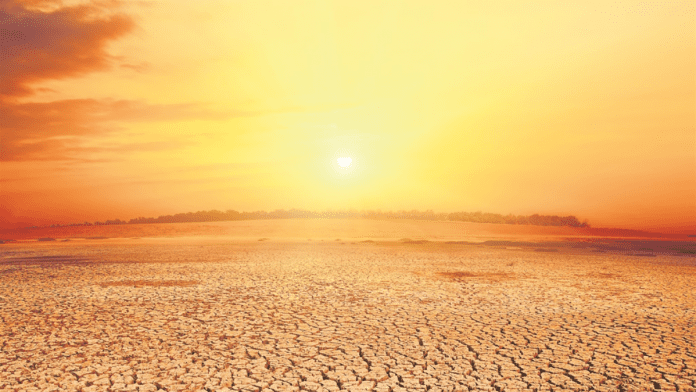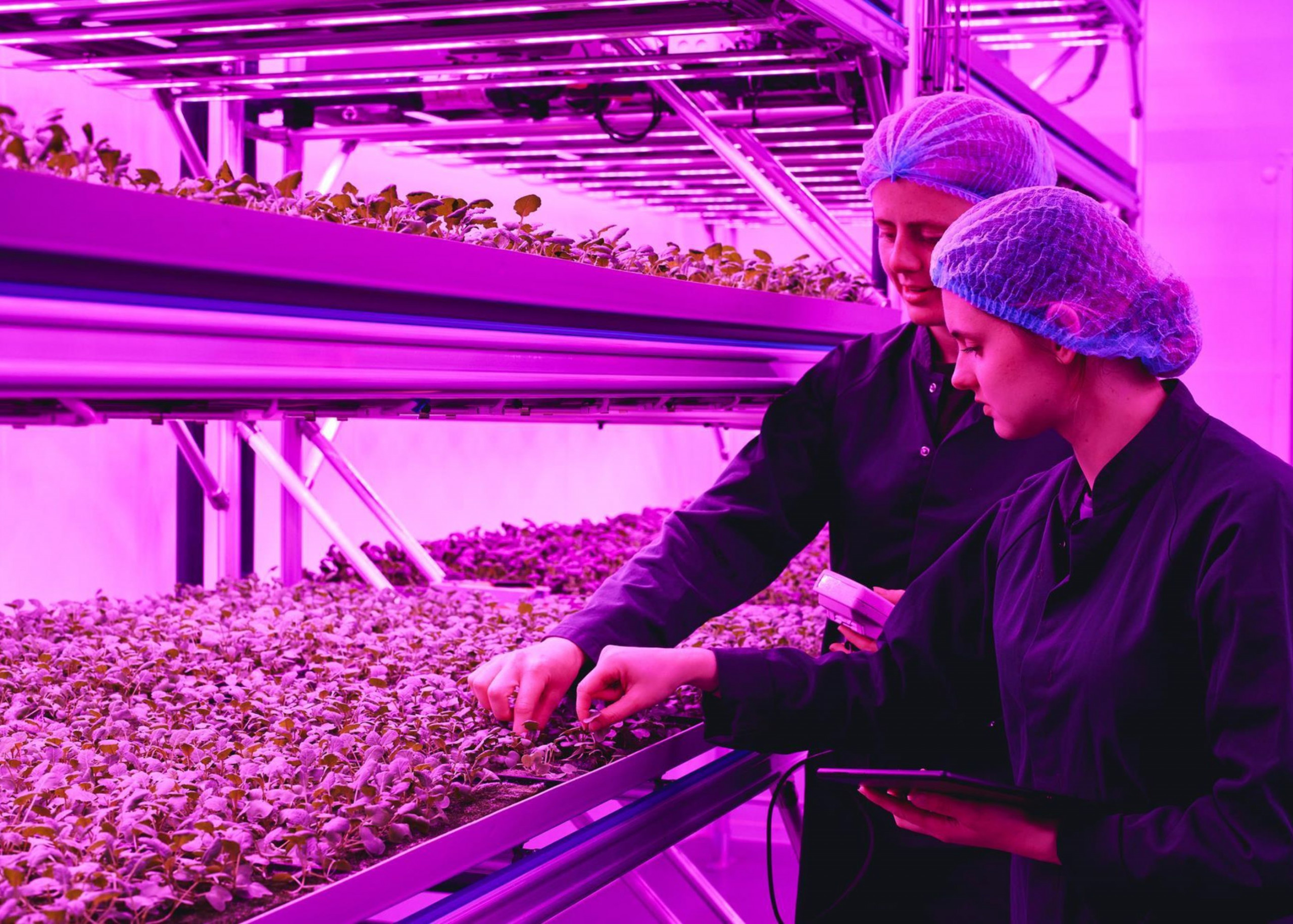News in brief:
-Â Canada’s Prairie region, vital for crop cultivation, has experienced a 2-degree Celsius temperature increase since 1900, with winters and springs seeing a 3-degree Celsius rise.
– These climate changes are impacting the region’s agriculture negatively by increasing frost vulnerability and reducing crop water supply amid.
A new study by the University of Alberta has found that Canada’s Prairie region, the country’s most important crop-growing area, has become hotter and drier over the past 120 years.
The review, which looked at climate data for the cropland provinces of Alberta, Saskatchewan, and Manitoba from 1901 to 2021, revealed a consistent trend of higher air temperatures in winter and spring, less snowfall, and more disruptive weather events.
Emmanuel Mapfumo, study co-author, and adjunct professor in the Faculty of Agricultural, Life and Environmental Science at the University, said that the report highlights the state of knowledge about the Prairies and where experts can go from there.
A news coverage on the story mentioned that the average temperature in the Prairies has increased by 2 degrees Celsius since 1900. This warming trend has been most pronounced in the winter and spring, with temperatures increasing by an average of 3 degrees Celsius in these seasons.
The study also found that the Prairies are becoming drier, with average precipitation decreasing by 10% since 1900. This decrease in precipitation has been most pronounced in the summer, with precipitation decreasing by an average of 20% in this season.
The warmer and drier conditions are having a number of negative impacts on Prairie agriculture. For example, milder winters are leading to lower snow levels, which is causing crops to be more susceptible to frost damage. Meanwhile, the warmer growing conditions are increasing soil moisture evaporation rates, which is making it more difficult for crops to get the water they need.
The study’s authors say that the effects of climate change on Prairie agriculture are likely to become more severe in the future. They say that farmers will need to adapt their practices to the changing climate in order to maintain productivity.
The widespread drought across the Canadian Prairies has resulted in a significant decline in grain, pulse, and oilseed production in 2023 as well.
According to Statistics Canada’s October outlook for principal field crops, Canada’s agricultural commodity exports are also expected to suffer due to the reduced exportable surplus.
The total production of principal field crops is estimated to have decreased by 13% from 97.1 million tonnes (Mt) in 2022-23 to 84.5Mt this season. This decline is attributed to a combination of factors, including increased abandonment of parched crops and lower average yields across all crop types.
Wheat production is estimated at 29.8Mt, down from the record-breaking crop of 34.3Mt last season. Despite this reduction, wheat production remains significantly higher than the 22.4Mt produced in 2021-22, another drought-affected year.
Also, barley production fell by 21.5% year-on-year to 7.8Mt, while oat production plummeted by 53.4% to 2.4Mt. Canola production fared relatively better, with a yield of 17.4Mt, only slightly lower than the 2022-23 crop. However, this is still below the five-year average of 18.6Mt.
The reduced crop production is expected to have a negative impact on Canada’s agricultural commodity exports. Statistics Canada forecasts that total exports of wheat, barley, oats, and canola will decline by 6.5% in 2023-24 compared to the previous year.



